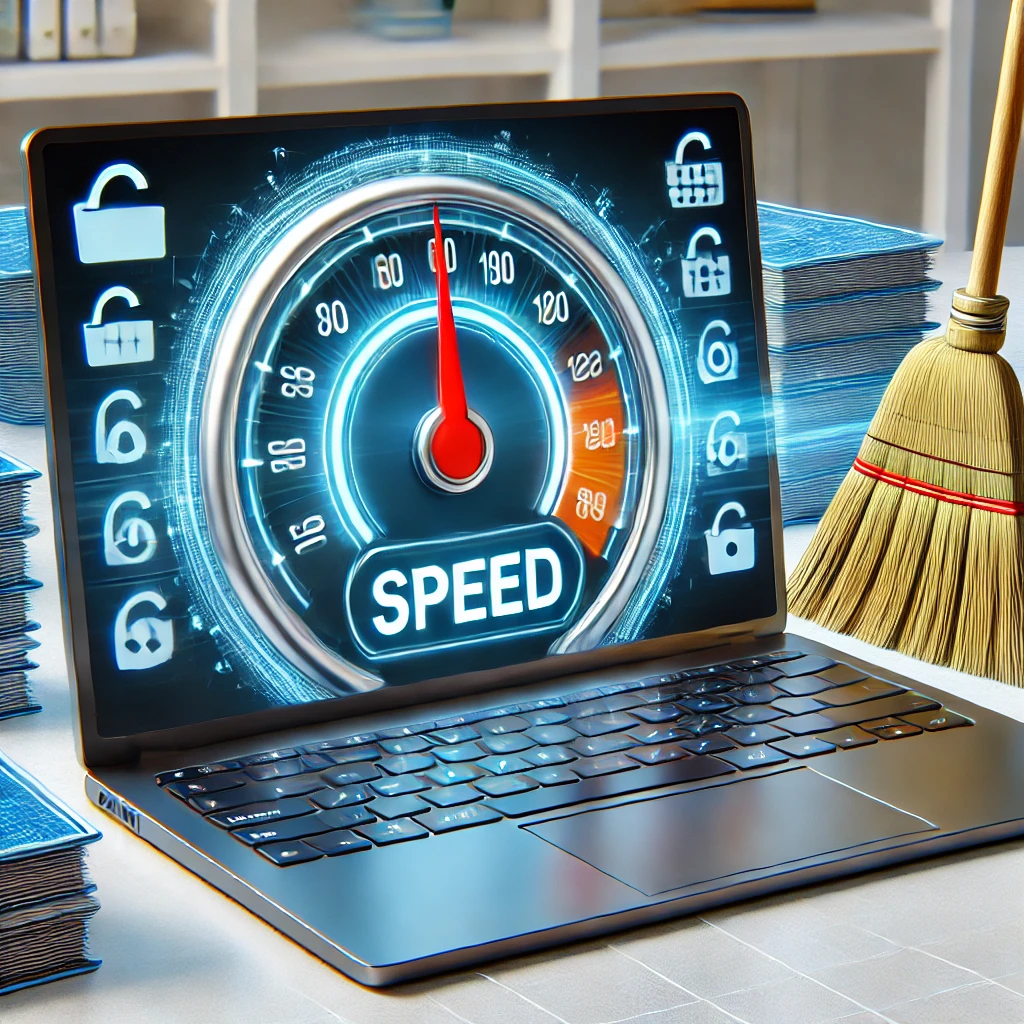
A slow internet connection can be frustrating, especially when working, streaming, or gaming. One effective way to improve internet speed on a Windows PC is by clearing the cache and optimizing network settings. This article will guide you through the steps to clear cache files and make your internet faster.
1. Clear Browser Cache
Web browsers store cache files, including images, cookies, and scripts, to load websites faster. However, over time, these files accumulate and slow down browsing. Here’s how to clear them:
Google Chrome
- Open Chrome and click the three-dot menu in the top right.
- Select Settings > Privacy and Security.
- Click Clear browsing data.
- Choose Cached images and files and Cookies and other site data.
- Click Clear data.
Microsoft Edge
- Open Edge and click the three-dot menu.
- Go to Settings > Privacy, search, and services.
- Under Clear browsing data, click Choose what to clear.
- Select Cached images and files and Cookies and other site data.
- Click Clear now.
Mozilla Firefox
- Open Firefox and click the three-line menu.
- Go to Settings > Privacy & Security.
- Under Cookies and Site Data, click Clear Data.
- Check Cached Web Content and click Clear.
2. Flush DNS Cache
Flushing the DNS cache removes outdated records and resolves slow browsing issues.
- Open Command Prompt (press
Win + R, typecmd, and hit Enter). - ipconfig /flushdns
- Type the following command and press Enter:
3. Clear Windows Temporary Files
Temporary files stored by the system can slow down internet performance. Clearing them helps free up space.
- Press
Win + R, type %temp%, and press Enter. - A folder will open; press
Ctrl + Ato select all files. - Press Shift + Delete to permanently delete them.
- Repeat the process by typing temp and prefetch in
Win + Rand clearing those folders as well.
4. Reset Network Settings
If your internet is still slow, resetting the network settings may help.
- Open Settings (
Win + I). - Go to Network & Internet.
- Scroll down and click Advanced network settings.
- Select Network reset and click Reset now.
- Restart your PC.
5. Disable Background Apps and Startup Programs
Many apps run in the background, consuming bandwidth. Disable unnecessary ones:
- Open Task Manager (
Ctrl + Shift + Esc). - Go to the Startup tab.
- Right-click apps you don’t need at startup and select Disable.
6. Use a Faster DNS
Switching to a faster DNS like Google or Cloudflare can improve internet speed.
- Open Control Panel > Network and Internet > Network and Sharing Center.
- Click Change adapter settings.
- Right-click your active network and select Properties.
- Select Internet Protocol Version 4 (TCP/IPv4) and click Properties.
- Choose Use the following DNS server addresses and enter:
- Google DNS:
8.8.8.8and8.8.4.4 - Cloudflare DNS:
1.1.1.1and1.0.0.1
- Google DNS:
- Click OK and restart your internet.
Final Thoughts
By following these steps, you can clear cache files and optimize network settings for a faster internet experience. Regular maintenance will ensure smooth browsing and improved performance on your Windows PC.
